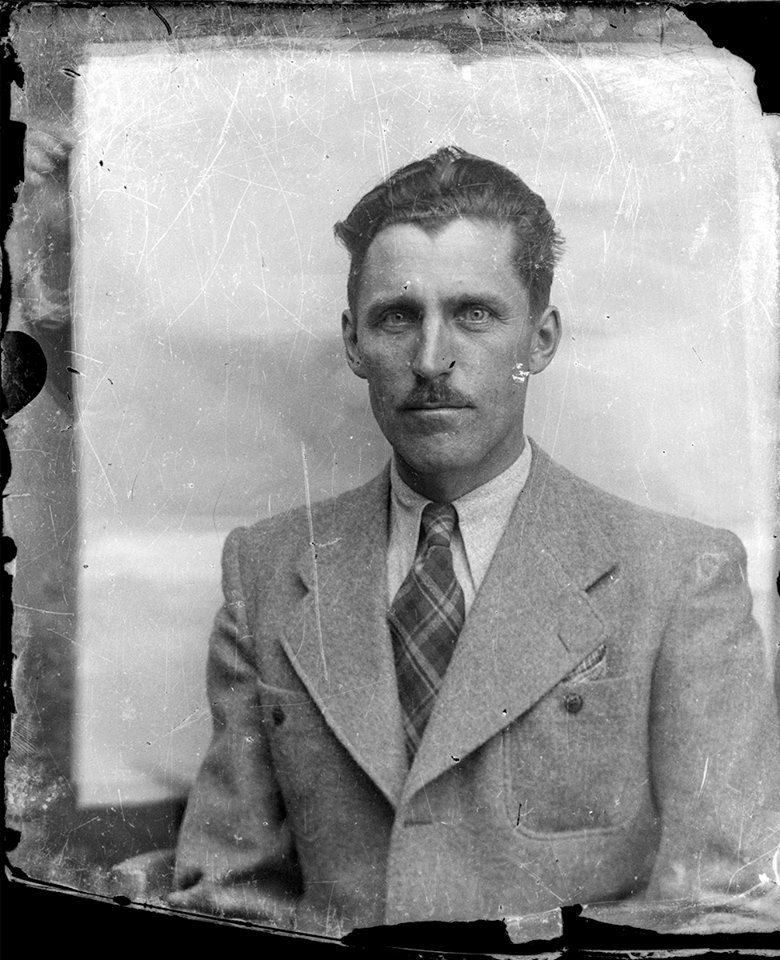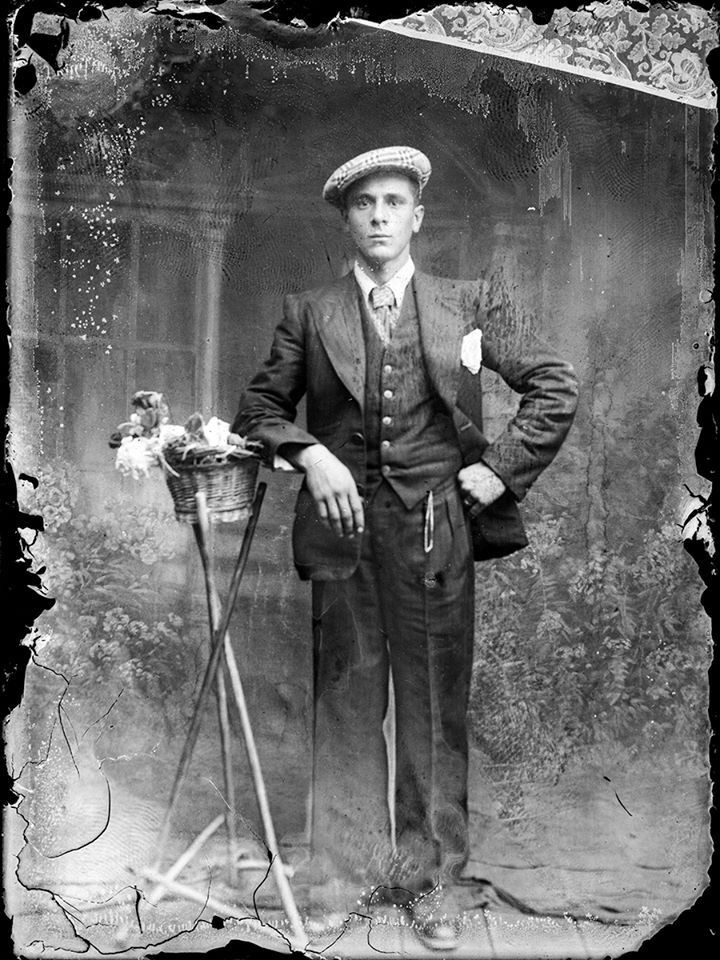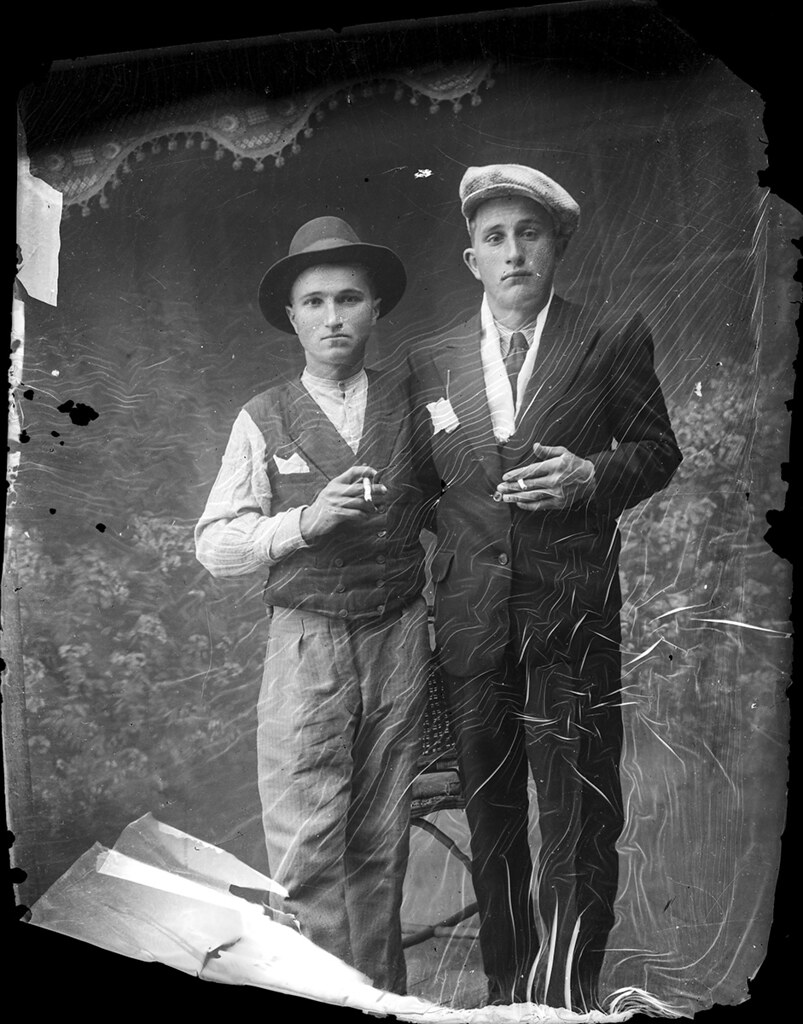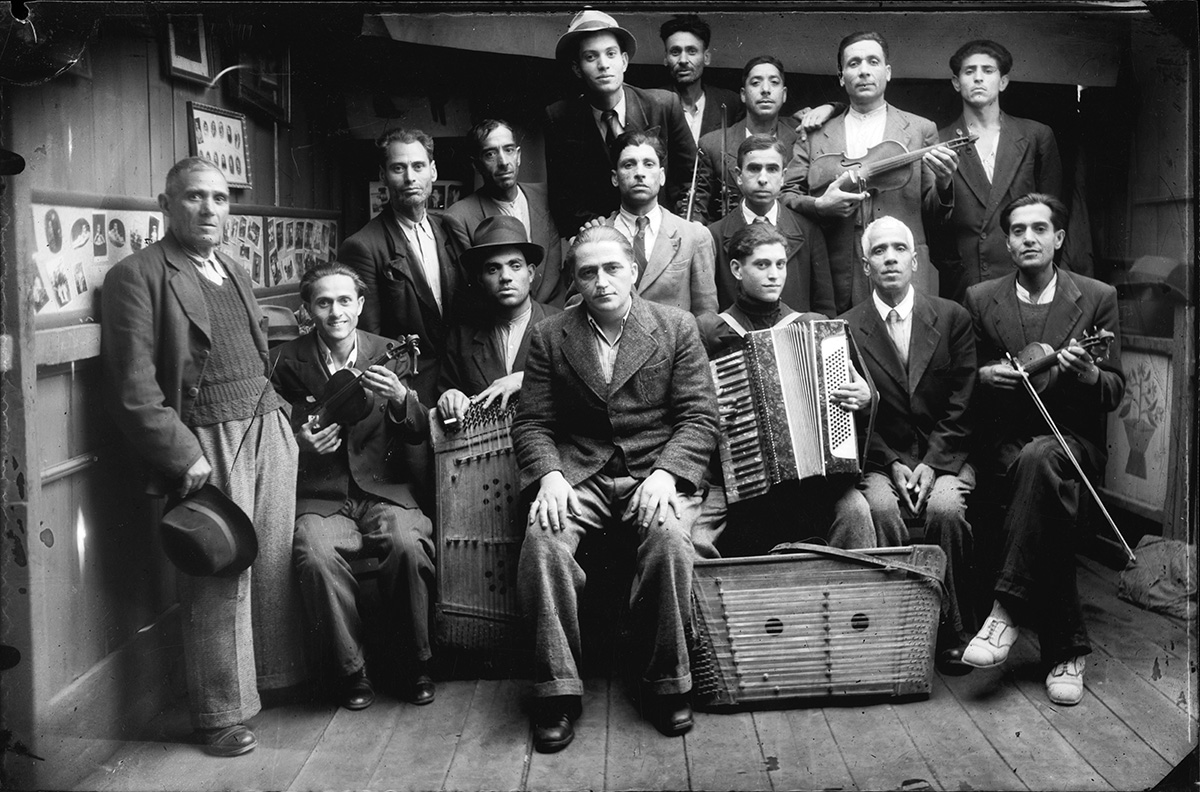Two Types
I'll Lock Up
- Messages
- 5,456
- Location
- London, UK
The 'sports jacket, breeches, boots and puttees' look is very popular. And it looks great. I wish I had the balls to attempt it.

 John Lofgren Monkey Boots Shinki Horsebuttt - $1,136 The classic monkey boot silhouette in an incredibly rich Shinki russet horse leather.
John Lofgren Monkey Boots Shinki Horsebuttt - $1,136 The classic monkey boot silhouette in an incredibly rich Shinki russet horse leather.  Grant Stone Diesel Boot Dark Olive Chromexcel - $395 Goodyear welted, Horween Chromexcel, classic good looks.
Grant Stone Diesel Boot Dark Olive Chromexcel - $395 Goodyear welted, Horween Chromexcel, classic good looks.  Schott 568 Vandals Jacket - $1,250 The classic Perfecto motorcycle jacket, in a very special limited-edition Schott double rider style.
Schott 568 Vandals Jacket - $1,250 The classic Perfecto motorcycle jacket, in a very special limited-edition Schott double rider style. 

This one has a very high gorge... quite like modern cut suit coats.
i wish these photos had dates on.




Matei: thanks for your observations from a Romanian perspective.
I'd be interested to know more about Romanian tailoring and how the traditions continued and survived through the communist period. And has tailoring been revived in the post-communist era?